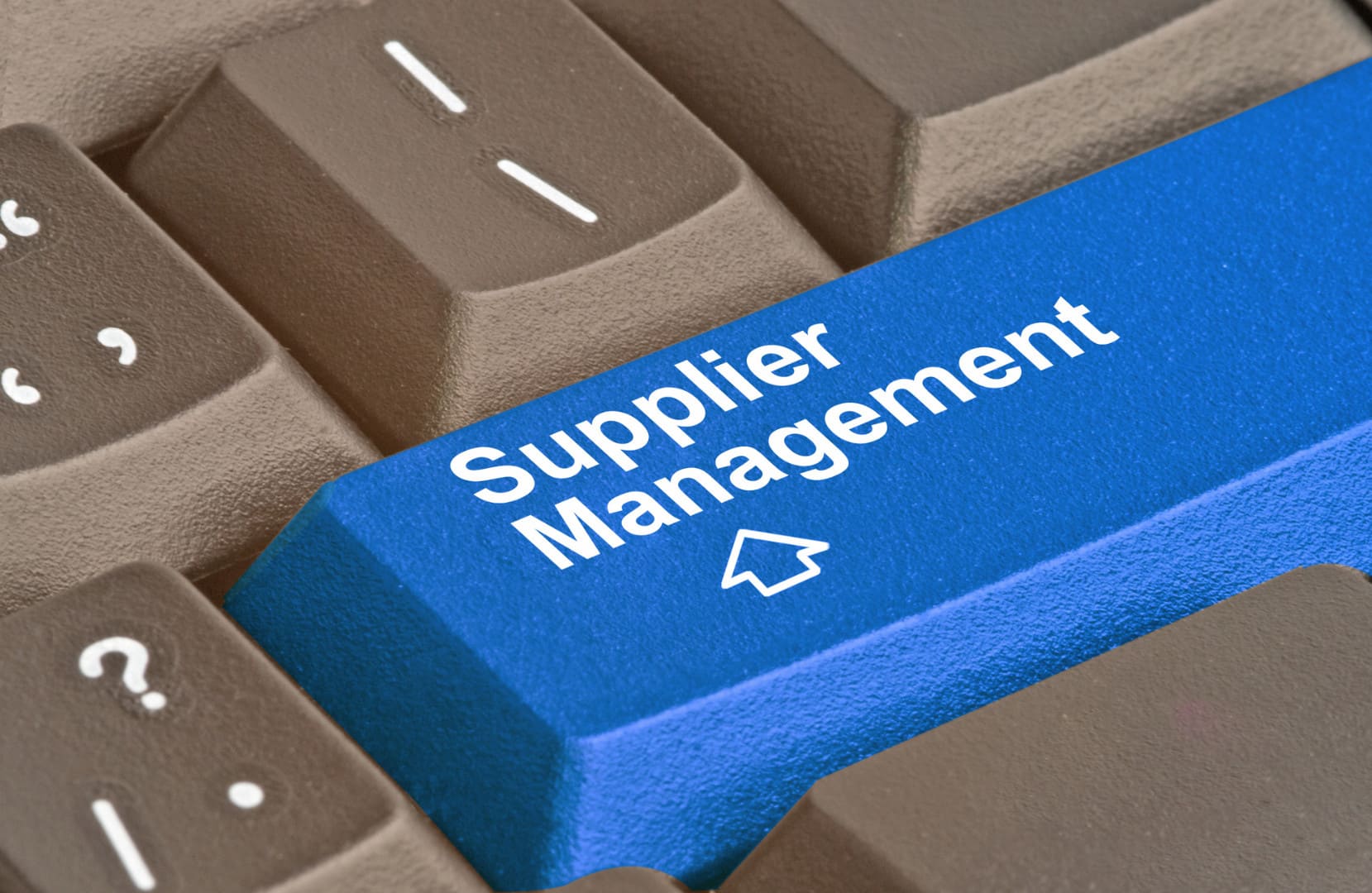Creating A Procurement Roadmap
A procurement roadmap is a way to map out the journey to reach your final destination of procurement transformation. It bridges the gap between strategy and operational execution. This is the plan that is used to engage senior leadership, align enterprise goals, and communicate progress milestones.
A Cautionary Tale
CCP Global worked on a project with a client that stalled due to a variety of reasons. But this particular email summed up the core issue, which was that they did not have a procurement roadmap:
We’ve realized that the issue we’re having is that Procurement currently lacks a vision or a roadmap that defines what they really need out of their systems. The good news is that, now that we’ve recognized that, a roadmap is being developed and I expect to see it in a few weeks. I’m not pleased how much time and effort we’ve wasted by NOT having a plan in place to begin with, but, hopefully, we can get back on track and really figure out what we need from the Ariba solution.
This is something that our consultants see far too often. Approaching the process of implementing an SAP Ariba solution without understanding the plan or the scope of what your company needs can cause the project to get bogged down in costly delays – sometimes even in complete failure.
What is a Procurement Roadmap?
Transforming procurement from tactical to strategic value-add in an organization needs a defined procurement transformation plan and a well-organized strategy for execution.
That procurement roadmap is a way to map out the journey to reach your final destination of procurement transformation. It bridges the gap between strategy and operational execution. This is the plan that is used to engage senior leadership, align enterprise goals, and communicate progress milestones.
How to Create a Successful Roadmap
The first step to a successful procurement transformation strategy is to clearly identify the organizational challenges that are currently preventing your company from achieving its procurement goals.
At this stage, it’s crucial to involve the executive team as well as any key stakeholders in the discovery process to maximize the success of the process.
A procurement roadmap should include a few key items:
1. Objective
This is the most critical item for a Procurement Roadmap. If you don’t know where you are going, how do you know when you have reached your destination?
2.Tangible Milestones and Deliverables
There should be well-defined milestones and/or deliverables that can be tracked and monitored as part of the roadmap to identify progress. If these are too high-level and cannot be easily identified as being ‘completed’ it is very hard to determine if you are ready to take the next step in the process.
3. Resources
There needs to be resourcing assigned to tasks, workstreams, processes, etc. otherwise there is no accountability for completion.
4. Timelines
Procurement transformation takes time – typically a procurement transformation process can take around 3-5 years. However, if there is no timeline set, then there is no incentive to finish. If procurement transformation is a priority for your organization, you need to make sure to define your timeline and set appropriate deadlines for your roadmap.
But wait, there’s more…
And we can’t stress this enough because it’s such a big factor in the failures we’ve seen: all procurement roadmaps should have executive sponsorship and buy-in within the organization. A top-down strategy is the most successful approach to succeed with such an important, long-term organizational transformation. We delve more deeply into how to successfully navigate this transition in our series on Ariba Change Management.
Click here to read our full series on Ariba Pre-Deployment Readiness
Need to map our your journey?
We can help you navigate.



